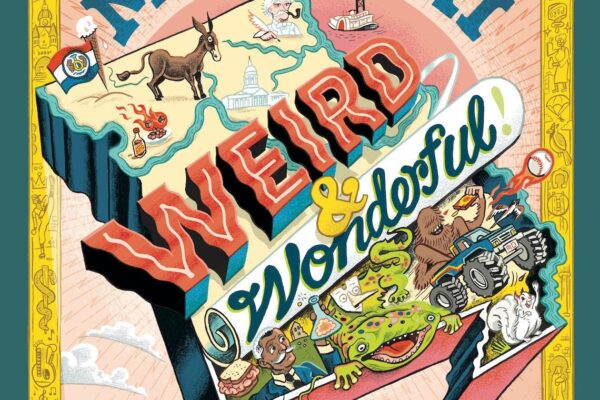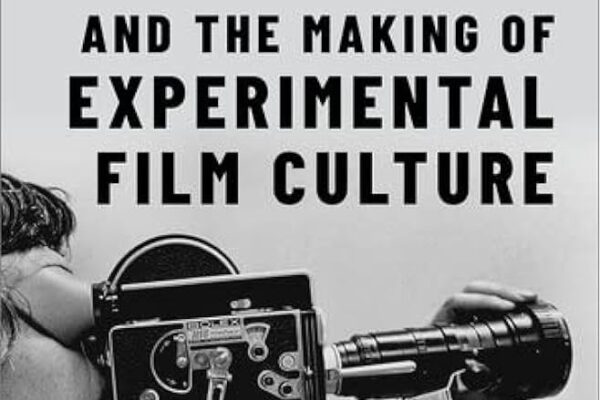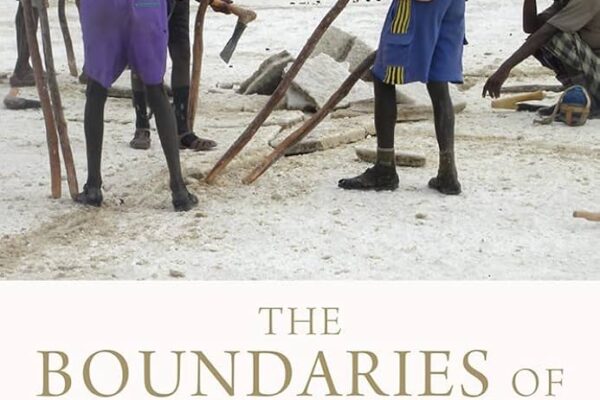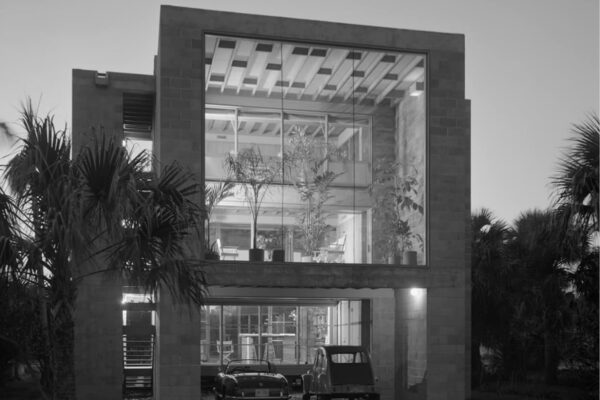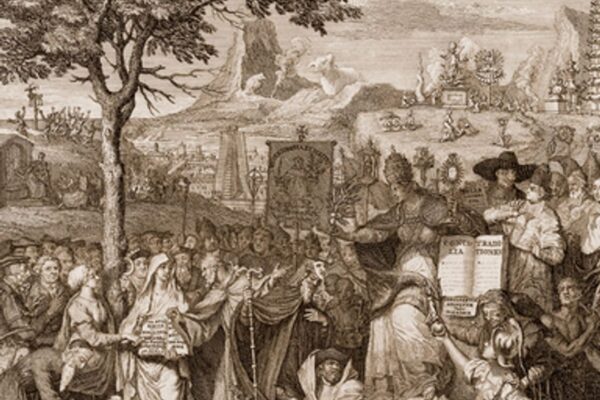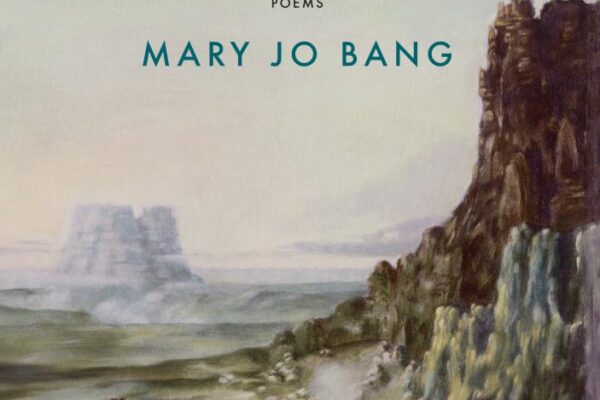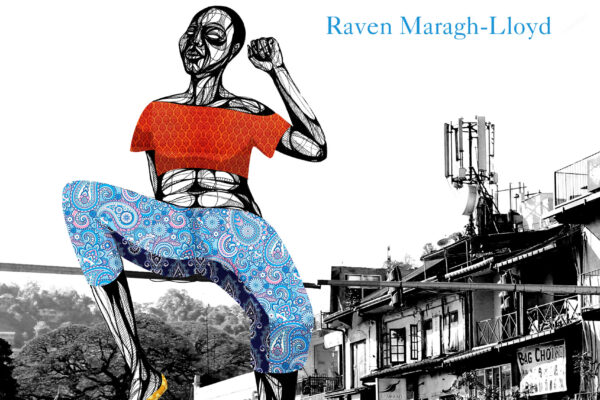City of Women
At the onset of the first World War, E.G. Lewis wielded his outsized charm and entrepreneurial spirit to attract legions of women to move across the country to build a new American dream in Atascadero, California
His new city, envisioned to rival Los Angeles and San Francisco, targeted the millions of subscribers to his national women’s magazines who longed for a utopia designed for progressive women and their families. However, Atascadero’s unrivaled success soon attracts conspirators from his past, threatening to destroy all he’s built.
Avidly Reads Screen Time
In the early 1990s, the phrase “screen time” emerged to scare parents about the dangers of too much TV for kids. Screen time was something to fret over, police, and judge in a low-grade moral panic. Now, “screen time” has become a metric not only for good parenting, but for our adult lives as well.
Missouri Weird and Wonderful
“Missouri Weird and Wonderful” is a fast-paced, fact-filled collection of the most fascinating parts of life in our state, with a kid’s-eye point of view. Learn the many wild nicknames of our famous native amphibian, get an appreciation for how radical Scott Joplin’s ragtime music was in the early 1900s, and discover the entire branch of medicine that was born here.
Technology and the Making of Experimental Film Culture
The Bolex camera, 16mm reversal film stocks, commercial film laboratories, and low-budget optical printers were the small-gauge media technologies that provided the infrastructure for experimental filmmaking at the height of its cultural impact. “Technology and the Making of Experimental Film Culture” examines how the avant-garde embraced these material resources and invested them with meanings and values adjacent to those of semiprofessional film culture.
The Boundaries of Ancient Trade
Drawing on rich ethnographic data as well as archaeological evidence, “The Boundaries of Ancient Trade,” by archaeologist Helina Woldekiros in Arts & Sciences at Washington University in St. Louis, challenges long-standing conceptions of highly centralized sociopolitical and economic organization and trade along the Afar salt trail: one of the last economically significant caravan-based trade routes in the world.
A Moment in the Sun
Robert Ernest was an architect of rare promise and remarkable early success, whose award-winning career was cut short by cancer at age 28 in 1962. Despite the brevity of Ernest’s life, his education and practice were intertwined with some of the most important figures in architecture, including his interactions with Louis I. Kahn and Paul Rudolph.
The Opening of the Protestant Mind
During the mid-17th century, Anglo-American Protestants described Native American ceremonies as savage devilry, Islamic teaching as violent chicanery, and Catholicism as repugnant superstition. By the mid-18th century, they described amicable debates with Algonquian religious leaders, conversations with Muslim scholars, and encounters with priests in Catholic Canada and Europe.
What explains this poignant shift?
A Film in Which I Play Everyone
“A Film in Which I Play Everyone” takes its title from a response David Bowie gave to a fan who asked if he had upcoming film roles. “I’m looking for backing for an unauthorized autobiography that I am writing,” Bowie answered. “Hopefully, this will sell in such huge numbers that I will be able to sue myself for an extraordinary amount of money and finance the film version in which I will play everybody.”
Black Networked Resistance
Through case studies and interviews, Raven Maragh-Lloyd reveals the malleable ways resistance can take shape and the ways Black users artfully demonstrate such modifications of resistance through strategies of survival, reprieve, and community online.
Disenchanting the Caliphate
The political thought of Muslim societies is all too often defined in religious terms, in which the writings of clerics are seen as representative and ideas about governance are treated as an extension of commentary on sacred texts. “Disenchanting the Caliphate” offers a groundbreaking new account of political discourse in Islamic history by examining Abbasid imperial practice, illuminating the emergence and influence of a vibrant secular tradition.
View More Stories


